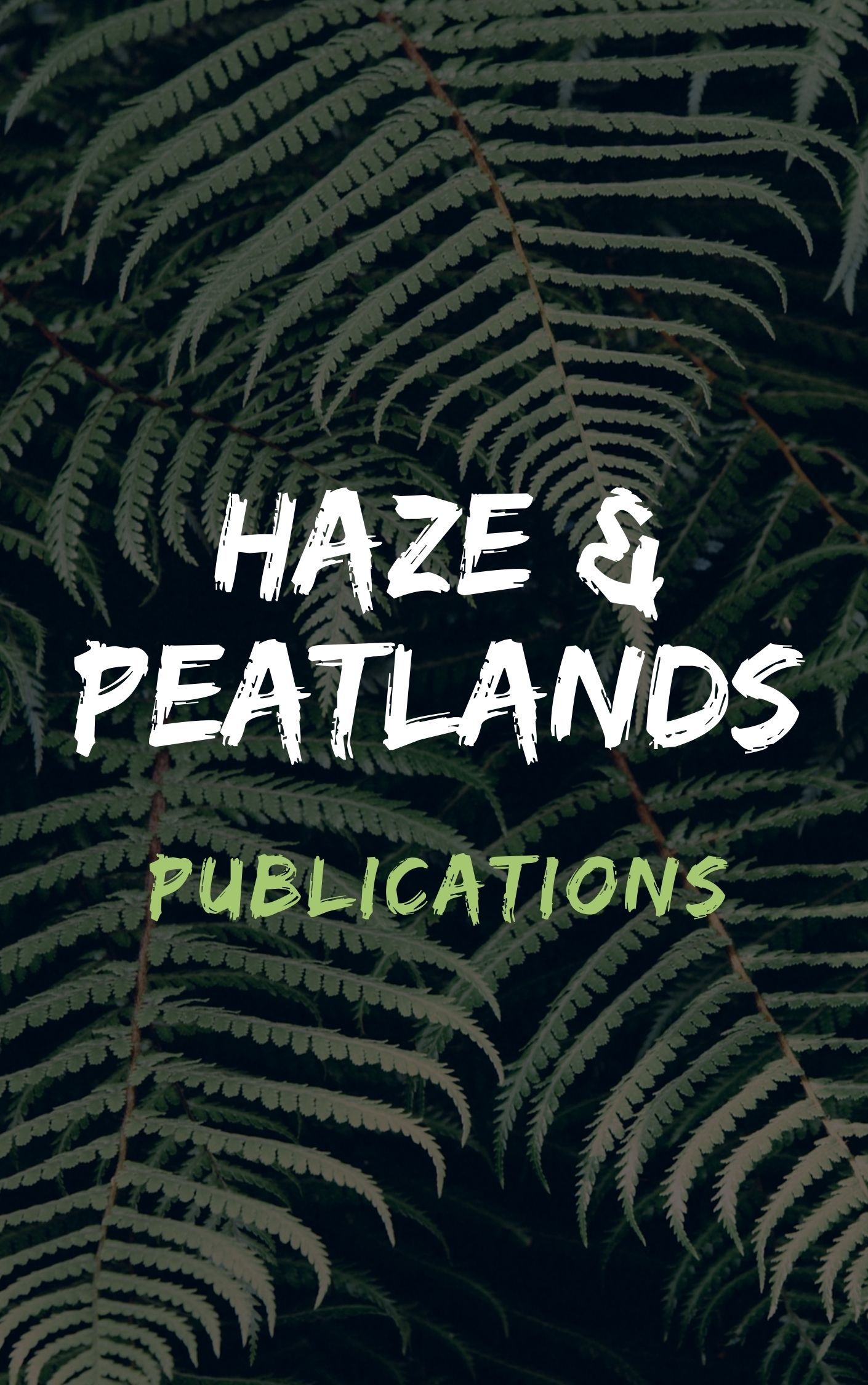In recent years, fires regularly and extensively took place in Indonesian forest and peatland, inducing a wide range of environmental and economic impacts, particularly the very bad air quality due to smoke haze and the considerable increase of carbon emissions. The causal relationship between Indonesian fires and human intervention has been widely recognized; however, their spatial relationship is still insufficiently observed. This study examines how well the distribution of fire hotspot can be explained by variables indicating human activities, with a case study in Central Kalimantan Indonesia. This study involves five proxy variables for human activities (land uses, land status, distance to road, distance to settlement, and distance to river), in addition to elevation, slope, and one variable pertaining to the existence of peatland. This study hence provides a model for fire hotspot distribution that would be a valuable approach to identify fire risk distribution and subsequently to support fire control, which is currently the most crucial foundation for the success of peatland restoration program in Indonesia. © The Author(s) 2017.
View source

